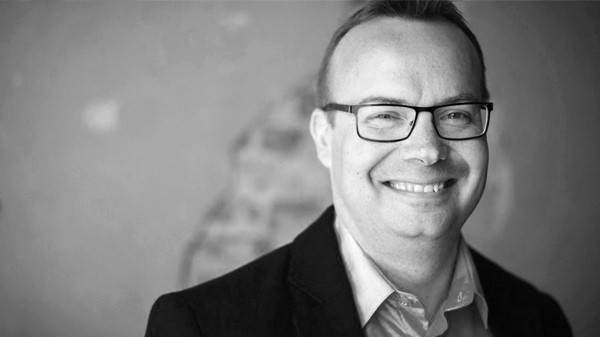On May 14th, 2021, the Customer Value Club featured Peter Fredman as the star guest, discussing the development of customer value and business.
Peter Fredman is the chairman of the board of the family-owned Fredman Group. In 2015, Fredman Group changed its strategy and placed an emphasis on providing an exceptional customer experience. The company envisions a perfect kitchen for both professionals and homes.
Fredman Group, originally founded as Certix Ky by Peter Fredman’s father Christian Fredman in the 1980s, sells products and services to both professional kitchens and consumers under its brand. The company has managed to evolve over the past decade by strongly focusing on customer value. Peter Fredman now talks about the company’s strategy shift, its implementation, and his role on the board.
From Product Hype to Customer Needs
For a long time, we operated like a traditional industrial company. We had 200 different product categories grouped according to features, raw materials, technology, and our own perspective. We thought we were customer-oriented, but in reality, these product categories had no value for the customers, Peter explains.
Peter identifies three key enablers behind the change:
1. Facts. We conducted research, surveys, and interviews with customers. We no longer had to guess; we knew where we were really adding value to customers and where we weren’t.
2. External Perspectives. We involved external advisors in our strategy work, and they challenged us to see the importance of customer value. We also brought in independent board members.
3. Owner Value. We started thinking far into the future: Where will we create owner value a hundred years from now? What needs to be done to increase value? We realized that owner value is also linked to customer value.
When products were grouped according to customer needs, we reduced the 200 product categories to four: food preparation, transportation, storage, and hygiene. We began speaking the same language as our customers.
Selling Customer Value, Not Technology
This change led us to stop the very business my father had started in the 1980s. Of course, such a decision in a family business was not easy, Peter recalls. We started creating an entirely new service business from scratch. This too was driven by customer needs, focusing on the digitalization of kitchens and processes. We had tried this before, but now the time was right due to the familiarity with IoT technology, data collection and control, and the use of mobile devices.
However, we didn’t start selling technology; we started selling the value experienced by the customer. We set out to achieve the perfect kitchen for the customer. What is perfect? There are as many answers as there are respondents, but they boil down to three things: resource-wise, efficient, and intelligent. Through digitalization and automation, we prevent food waste, ensure food safety, and save costs.
Cultural Change is Slow
When customer value was placed at the center of our strategy and everything we do in 2015, the brand changed, everything changed. We created a new visual identity, even painted the walls, printed our values on mousepads, and transitioned from ERP to Salesforce. Mousepads don’t make change, but they communicate change. In my opinion, the inner game needs to be in order for the outer change to happen. Of course, I’m impatient, and I wanted changes immediately. In reality, it takes time, as a company’s culture is built by people and actions.
The change at Fredman has been enormous and it’s only natural to sometimes doubt it. Now I understand the logic of “fail fast” thinking: if you don’t make mistakes, you won’t create anything new.
The board also plays a significant role.
Trust Builds Courage
If the board’s agenda doesn’t change, customer value is just empty words. It’s worth looking at the latest minutes of the board meetings: How many times is the customer mentioned there? Have decisions been made that affect the customer experience and customer value?
The board should genuinely communicate with the staff, be present. The board is responsible for looking ahead, understanding the customer base, considering future challenges and needs of customers and the industry. In my opinion, the work of boards in Finnish companies has improved in recent years. We are better at seeking the right advisors, the right competencies – and building trust. When there’s trust, deep discussions can take place, we listen genuinely, and we make bold decisions.
Let me give you an example in conclusion. Last year in spring, when the pandemic hit, we had to internationalize. Several million euros were at stake, and we had to decide whether to hit the brakes or continue. Luckily, we had people who could see through the fog, and we dared to continue. We believed that the world would open up again. And that was the right decision, because otherwise, we would be a year behind now.
